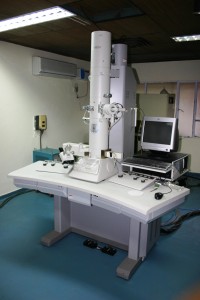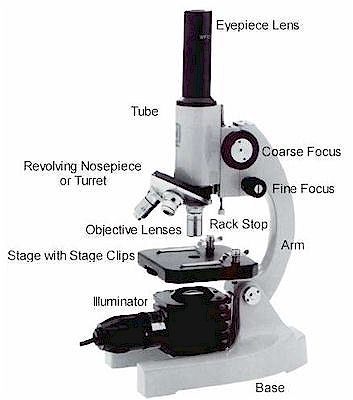
An overview of the different types of microscopes.
A microscope is an instrument for viewing objects that are too small to be seen by the naked or unaided eye. The science of investigating small objects using such an instrument is called microscopy. The term microscopic means minute or very small, not visible with the eye unless aided by a microscope. Microscopes can be separated into three classes: optical theory microscopes, electron microscopes, and scanning probe microscopes. My favorite of the bunch are electron microscopes. Three major types of electron microscopes exist: scanning electron microscopes, transmission electron microscopes, and scanning tunneling microscopes. Scanning electron microscopes look at the surface of bulk objects by scanning the surface with a fine electron beam and measuring reflection. Transmission electron microscopes pass electrons completely through the sample. This requires careful sample preparation, since electrons are scattered so strongly by most materials. This is a scientific device that allows people to see objects that could normally not be seen by the naked or unaided eye. Scanning tunneling microscopes are a powerful technique for viewing surfaces at the atomic level. Microscopes can be used and have a great impact in nanotechnology research and nanomedicine. This could eventually lead to astonishing breakthroughs in the new world and lead to happier, healthier, and better ways of life and living. Microscopes aid us every day to see the unimaginable and what we and our environment are composed of. Without them, life an
d modern knowledge would not be the same.

A transmission electron microscope.An optical microscope.
